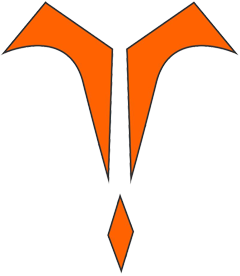Brain Death Notices Between The Years 2010-2013 in the Surgical Intensive Care Unit of Our Hospital
DOI:
https://doi.org/10.5222/sscd.2014.045Keywords:
Brain death, apnea test, transcranial doppler ultrasonography, organ transplantationAbstract
Objective: The aim of this article is to review the diagnostic methods used for brain death cases and identify patients diagnosed with brain death at our intensive care unit between January 2010-August 2013.
Material and Methods: Patients diagnosed with brain death between January 2010-August 2013 were analyzed retrospectively. Age, gender, cause of brain death, pupillary dilation and the consideration of brain death with neurological assessment, the usage of transcranial doppler ultrasonography (TCDUSG), donor candidate status, the time interval from the diagnosis of brain death to cardiopulmonary arrest or to be an eligible donor, preoxygenation period prior to the apnea test, duration of apnea test, apneic complications during testing and causes of termination of the test eding (hypotension, desaturation, arrhythmia, cardiac arrest) were recorded in all patients.
Results: The study population consisted of 29 patients (females, n=15; 51.72 %, and males, n= 14; 48.28 %; mean age, 33.07±19.76 years) with a diagnosis of brain death. The most common causes of brain death were found to be trauma (27.3 %), subarachnoid hemorrhage (16.4 %), intracerebral hemorrhage (35.6 %) and hypoxia associated with prolonged cardiopulmonary resuscitation (10.7 %). The percentage of 86.2 % of the patients are considered to be potential donors, 13.8 % of them was not accepted as an eligible donor because of advanced age or due to a variety of reasons, such as comorbid diseases and malignancy. In 96.55% of the patients (28 cases), in addition to the apnea test and the results of the clinical diagnostic tests of the brain death, at least one supporting test such as TCDUSG was administered. No complications were seen in 73 % of the patients during the apnea test; but some complications such as hypotension (10.9 %), cardiac arrhythmias (1.4 %) and desaturation (14.7 %) were developed in 27 % of the patients during the test. There was no cardiac arrest.
Conclusion: TCDUSG stands out as noninvasive, bedside and reproducible diagnostic test for brain death.

